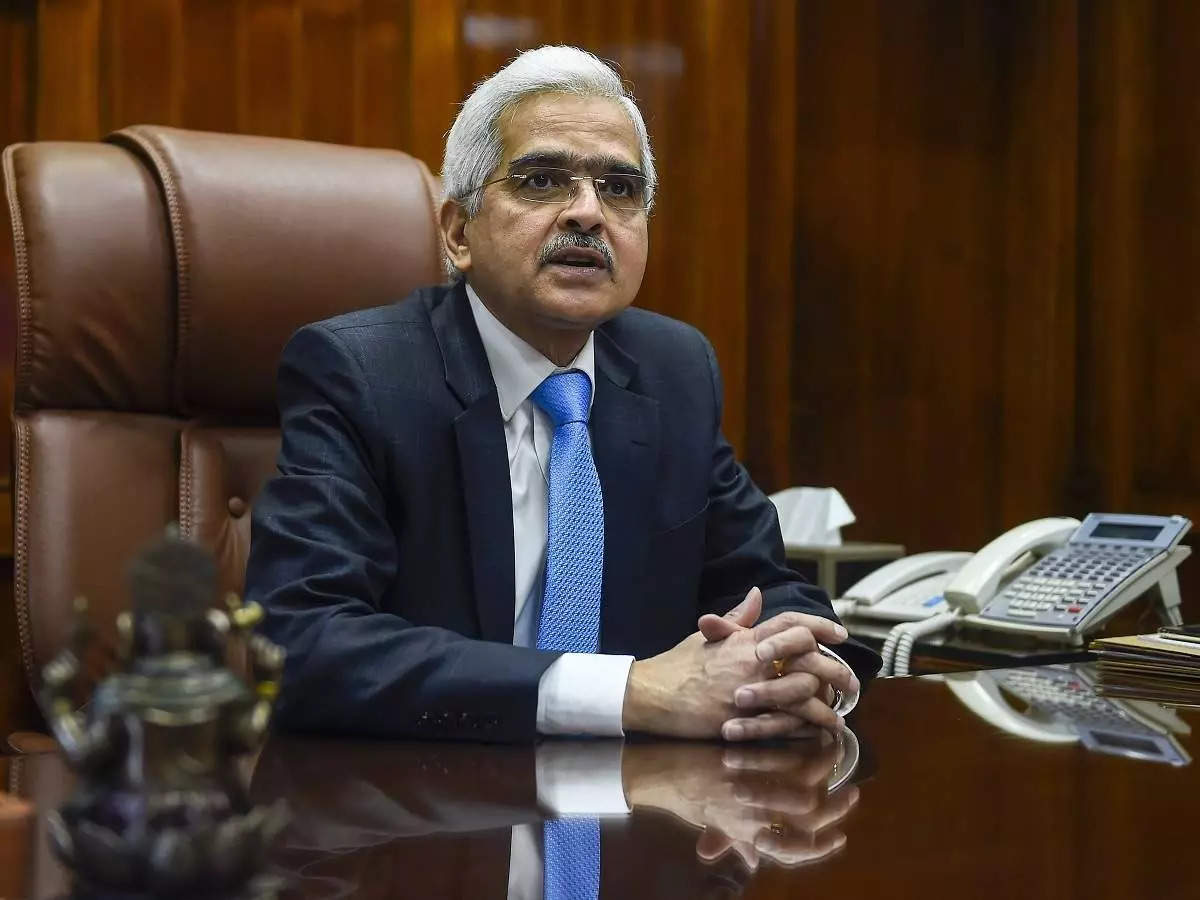The seventh edition of the Handbook of Statistics on Indian States 2021-22 is released by the Reserve Bank of India (RBI). Which seeks to provide comprehensive data about the regional economies of India.
Bank Maha Pack includes Live Batches, Test Series, Video Lectures & eBooks
More About The Development:
It covers sub-national statistics on socio-demographics, state domestic product, agriculture, price and wages, industry, infrastructure, banking, and fiscal indicators across the states during various time periods ranging from 1951 to 2021-22. Two new sections have been included in the recent edition – health and environment.
Key Findings Of The Report:
- The Indian economy showed remarkable resilience to multiple consecutive shocks it experienced since early 2020. It retained the macroeconomic stability and sustained the momentum of economic growth’s recovery.
- The macroeconomic outlook is positive in the current fiscal. However, India is still impacted by global headwinds.
- Karnataka has the highest total installed capacity of grid-interactive renewable power among all states. It had total installed capacity of 15,463 megawatts (MW).
- It is followed by Tamil Nadu (15,225 MW), Gujarat (13,153 MW) and Maharashtra (10,267 MW).
- The data related to the state-wise total installed capacity of grid interactive renewable power was obtained from Energy Statistics of the Statistics Ministry and the states governments’ figures of installed capacity until the end of March 2021.
Status Of Industries Across The States:
Tamil Nadu has remained the top state in India with the maximum number of factories including micro, small and mid-sized units followed by Gujarat, Maharashtra, Andhra Pradesh, and Uttar Pradesh in the top-five bracket on a list of 36 states and union territories across India.
Tamil Nadu had 38,837 factories, up 45 per cent from 26,790 factories as of 2009-10 and 1.85 per cent from 38,131 factories as of 2018-19. In comparison, Gujarat had 28,479 factory count, growing at a faster rate of 82 per cent from 15,576 as of 2009-10 and 6 per cent from 26,842 as of 2018-19. Maharashtra, Andhra Pradesh and Uttar Pradesh had 25,610, 16,924, and 16,184 factories as of 2019-20.
Industry-wise, the central bank cited data from the MSME ministry, based on the National Sample Survey (NSS) 73rd round conducted in 2015-16, that estimated 6.33 crore units across the country. The MSME unit count had increased 75 per cent from 3.61 crores as per the previous (fourth) all-India census of MSMEs undertaken by the government during 2006-07. Out of 6.33 crore MSME units, 1.96 crores were in the manufacturing segment while 2.30 crore were in trading units and 2.06 crore were in other services.
Performance On The Renewable Front:
Karnataka came at the top position while comparing the total installed capacity of grid-interactive renewable power of all the states of the country. The state had a total installed capacity of 15,463 megawatts (mw).
Tamil Nadu, with 15,225 mw, came at the second; Gujarat, with 13,153 mw, was at third position while Maharashtra, with 10,267 mw, was at the fourth. Maharashtra was followed by Rajasthan (10,205 mw), Andhra Pradesh (8,969 mw), Madhya Pradesh (5,206 mw), Telangana (4,378 mw), Uttar Pradesh (3,879 mw), Punjab (1,617 mw) and Himachal Pradesh (988 mw) and Uttarakhand (713 mw) in that order.
Find More News Related to Banking





 Which City is known as the City of Bambo...
Which City is known as the City of Bambo...
 Who was the First Prime Minister of Indi...
Who was the First Prime Minister of Indi...







